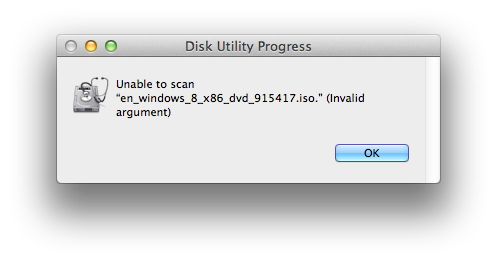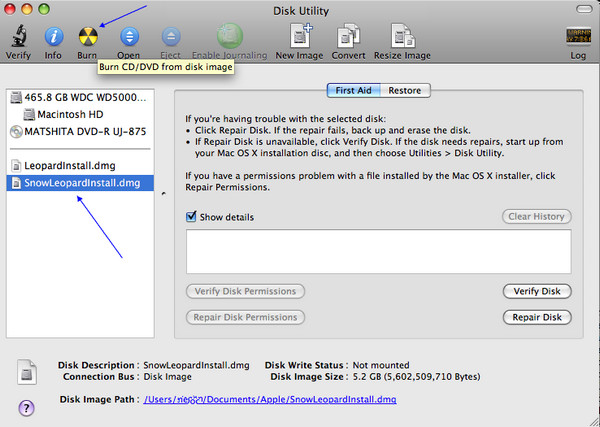

SuperUser: Create a bootable USB drive from a. How to make installation disk/pendrive of Mountain Lion in Windows 7? Ask Question Asked 7 years, 5 months ago. I have: a Mac OS.DMG file Windows 7 OS Is it possible to make installation disk of Mac OS in Windows 7. Today we'll see how to install Mac OS X Leopard from a USB flash drive We'll be using our PowerBook G4 Titanium 867Mhz, which is the minimum officially supp.
I would like to install Mac OS Mountain Lion in my Intel Core i3 processor. Mac OS X provides all the tools needed to convert the ISO image to UDRW. So we built Etcher, an SD card flasher app that is simple for end users, extensible for developers, and works on any platform. To our surprise there was nothing out there that fit our needs. Is there any easy and straight forward way to do this on windows? Some of the steps to create a bootable USB stick could be done in the GUI as well, but as some of them can’t and you have to go to the shell anyway, I decided to do all of the steps in the shell. There was a separate track for each Mac/Windows/Linux and several manual and error-prone steps along the way. I got a new SSD and I am prepared to install it but first I need to create a new bootable USB with Mountain Lion on it to begin the process. I need to install Mountain Lion on my Mac once again as the SSD is garbage. Note: On newer Macs you might have to install an EFI boot manager to boot from USB.If you bought a new machine from Apple you have OS X 10.8 already installed – but no back up disk! and since you haven’t bought the OSX Lion 10.8 App from the App store you can’t re-download it – so thats why you have the recovery drive as a partition in your main hard drive, to boot from it you need to restart the machine and when it starts to boot hold down “command” + “r” keys. Restart your Mac and hold down Alt while the Mac is restarting to choose the USB stick. Run diskutil eject /dev/diskN and remove your flash media when the command completes. Start Disk Utility.app and unmount (don't eject) the drive. If you see the error dd: /dev/diskN: Resource busy, make sure the disk is not in use. Use the same command but replace bs=1m with bs=1M. If you see the error dd: Invalid number '1m', you are using GNU dd. Using /dev/rdisk instead of /dev/disk may be faster. Execute sudo dd if=/path/to/downloaded.img of=/dev/rdiskN bs=1m (replace /path/to/downloaded.img with the path where the image file is located for example. Run diskutil unmountDisk /dev/diskN (replace N with the disk number from the last command in the previous example, N would be 2). 
Run diskutil list again and determine the device node assigned to your flash media (e.g.Run diskutil list to get the current list of devices.dmg extension as necessary, mv ~/path/to/target.img dmg ending on the output file automatically. img using the convert option of hdiutil (e.g., hdiutil convert -format UDRW -o ~/path/to/target.img ~/path/to/ubuntu.iso) Open the Terminal (in /Applications/Utilities/ or query Terminal in Spotlight).

Directly from the How to install Ubuntu on MacBook using USB Stick page







 0 kommentar(er)
0 kommentar(er)
